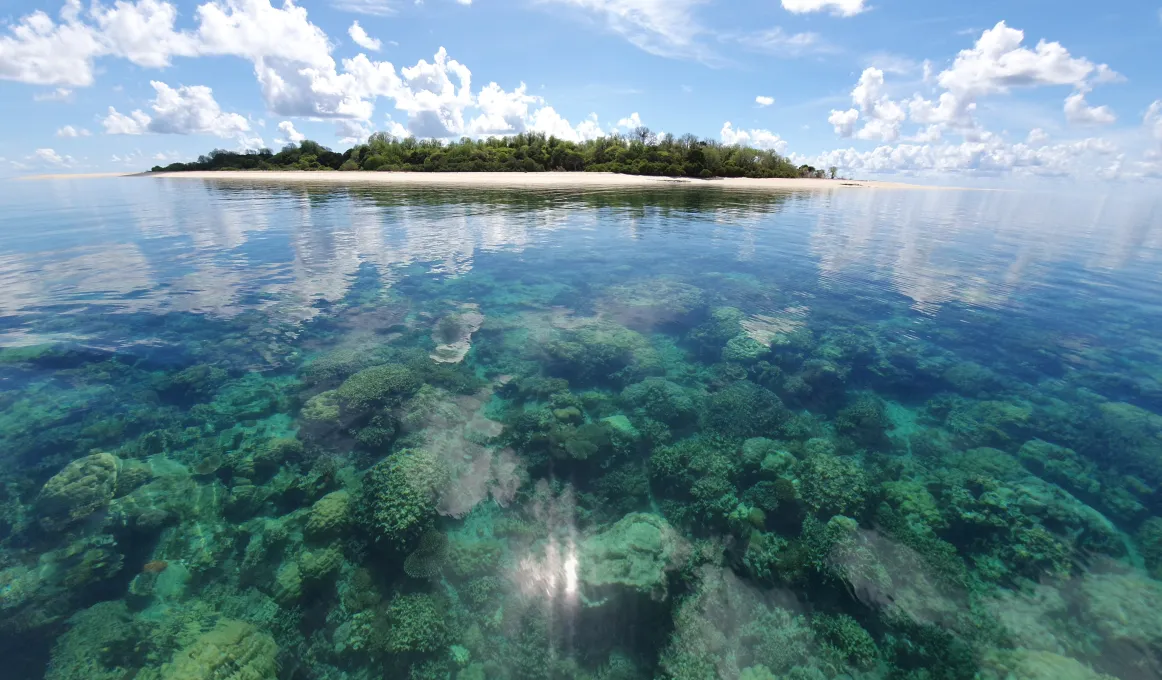Expansion of Indigenous protection for land and sea

An additional 3.7 million hectares of land and sea will be placed in the care of Traditional Owners for biodiversity conservation under a proposed expansion of Indigenous Protected Areas (IPA) completing a 62 per cent expansion of the world’s largest IPA network over the last three years.
Joint media release
The Hon Sussan Ley MP
Minister for the Environment
The Hon Ken Wyatt MP
Minister for Indigenous Australians
An additional 3.7 million hectares of land and sea will be placed in the care of Traditional Owners for biodiversity conservation under a proposed expansion of Indigenous Protected Areas (IPA) completing a 62 per cent expansion of the world’s largest IPA network over the last three years.
Minister for the Environment Sussan Ley said consultation would occur with Traditional Owners on proposals to dedicate four new IPAs in Western Australia’s Kimberley region, and three across Cape York and the Torres Strait in Queensland as part of a $15 million Commonwealth initiative.
“As we join the High Ambition Coalition for Nature and People to protect thirty per cent of the world’s land and sea by 2030, our world leading IPA network underlines the critical role of Traditional Owners in land management and the protection of biodiversity,” Minister Ley said.
“IPAs are an essential component of Australia’s National Reserve System accounting for 46 per cent of the nation’s 159 million hectares of formally recognised parks, reserves and protected areas.
“The new IPAs would take the overall total area of land and sea managed by Traditional Owners through the IPA network to 115 million hectares across 95 IPAs, an area larger than South Australia. It will see more than one fifth of WA as part of the IPA network.
“Anyone who has witnessed the work of Indigenous Rangers in caring for country across these sites cannot help but be inspired by their efforts and the impact it can have on our environment.”
Minister for Indigenous Australians, the Hon Ken Wyatt AM MP said that since 1997, IPAs have provided significant social, cultural and economic benefits to local Indigenous communities while protecting our natural environment for all Australians.
“The government is putting its trust in our Traditional Owners and the rich wealth of knowledge they hold for the land they inhabit, and that support is paying off,” Minister Wyatt said.
“Managing IPAs helps Indigenous communities protect the cultural values of their country for future generations and results in significant health, education, economic and social benefits.”
More than 800 Aboriginal and Torres Islander people currently enjoy meaningful employment while achieving large-scale conservation outcomes under the IPA program.
In addition to the Australian Government’s existing investment in IPAs, in April 2021 the government announced a further $11.6 million to incorporate Sea Country into IPAs.
For more information on IPAs, visit:
- Department of Agriculture, Water and the Environment: Indigenous Protected Areas
- National Indigenous Australians Agency: Indigenous Protected Areas (IPAs)
Proposed IPAs
Masig Islands IPA (Queensland), hectares: 215 land; 212,350 sea.
The proposed IPA in the Torres Strait includes the populated Masig Island, 11 uninhabited coral cays, and surrounding sea. Six species of marine turtles use the area for habitat and nesting, including the endangered Hawksbill and Green turtles.
Iama islands IPA (Queensland), hectares: 2,655 land; 246,748 sea.
The area contains part of the largest continuous seagrass meadows on the planet, abundant tropical marine life, extensive coastal mangrove forests, internationally significant coastal and migratory birds, dugong and turtle populations.
Umpila (Queensland), hectares: 102,583 land.
Extends from the rain-forested headwaters of the McIlwraith Range to the tidal-fringe of the northern Great Barrier Reef and includes coastal foothills and sandplains. One of only two Australian locations supporting high numbers of both endemic Gondwanan and Australo-Papuan wildlife.
Nyikina Mangala (Western Australia), hectares: 530,699 land.
Includes portions of the National Heritage Listed Fitzroy River including environmentally significant tributaries, floodplains and wetlands. Threatened species of focus will include the Purple Crowned Fairy Wren, Gouldian Finch and Black-Flanked Rock Wallaby.
Nyul Nyul (Western Australia), hectares: 293,621 land
Covers a large portion of the Dampier Peninsula north of Broome and will protect significant freshwater and vine thicket ecosystems, EPBC listed migratory, marine, shorebird, mammal and bird species, including Bilby and Gouldian Finch.
Ngurra Kayanta (Western Australia), hectares: 1,955,132 land
Situated in the Great Sandy Desert in the southern Kimberley, includes extensive spinifex-covered sandplains and dune fields, sandstone and siltstone ranges and water resources. Threatened species of focus will include the Night Parrot and Bilby.
Mayala (Western Australia), hectares: 13,261 land, 366,842 sea
Within the Buccaneer Archipelago, contains over 300 islands and surrounding sea. Highly diverse ecosystems with no introduced animals, few destructive fires and very few weeds. A safe haven for species threatened on the mainland, including Northern Quoll and Narbalek, home to dugong and five species of marine turtle.
Find out more
Visit the Minister's website to read the original media release.